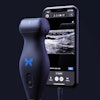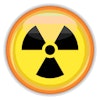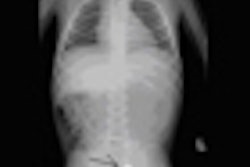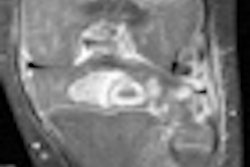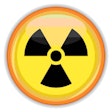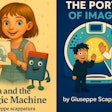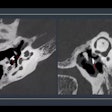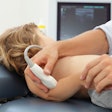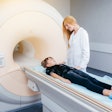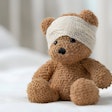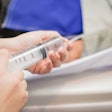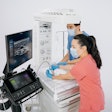Dear Pediatric Imaging Insider,
AuntMinnie.com's coverage of pediatric imaging news has been quite diverse over the past six weeks. We're still mining a lode of interesting data presented at RSNA 2009, and a story from the Chicago meeting is the subject of this edition's Insider Exclusive.
Radiologists from Cincinnati Children's Hospital Medical Center studied radiology's role in diagnosing children with eosinophilic esophagitis, and the prevalence of food impactions in children with this condition. Click here to learn more.
Also presented by Cincinnati Children's was a solution to efficiently manage the onslaught of orders for contrast agents, flushing lines, and IV documentation for CT and MRI exams. Learn how they organized everything with an electronic document management system by clicking here.
In more Pediatric Imaging Digital Community news, not many radiologists attend the annual Computer Assisted Radiology and Surgery (CARS) meeting, which was held earlier this year in Berlin. But international editor Eric Barnes did, and he reports on a new method, developed at University College London, of segmenting the fetal heart with echocardiography to improve the evaluation of congenital heart defects.
Another innovation is being used at Foothills Hospital in Calgary, Alberta: intraoperative MRI during pediatric neurosurgical procedures. When using this modality, surgeons can track the extent of the resection of tumors and other lesions, potentially increasing the safety of tumor resection for children. To learn more, click here.
Emergency departments always seem busier during winter months. A new study from Children's Hospital Boston describes the characteristics of chest x-rays of patients with H1N1 influenza. And finally, a pair of articles describes the hazards that can develop when children swallow foreign objects, ranging from beverage can pull-tabs to holiday ornaments.
So -- happy reading and happy New Year's!
